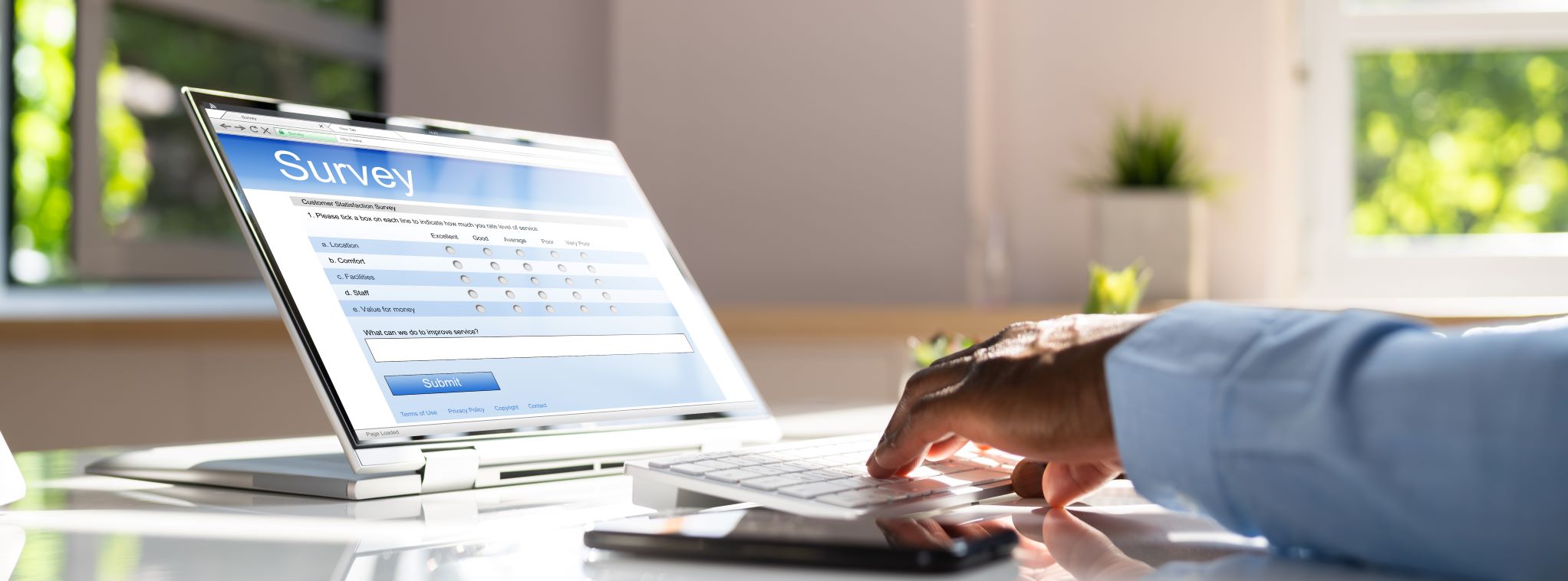Technology That Delivers

Restaurant management software has replaced well-intentioned food service employees taking orders - or no one at all.
Food delivery used to be slow and inefficient, but today, consumers demand more, and restaurant management software delivers.
Prompted by the Covid-19 pandemic, cloud-based delivery platforms connect restaurants and stores to eCommerce, joining consumers and merchants. Online ordering has replaced a phone call and a prayer.
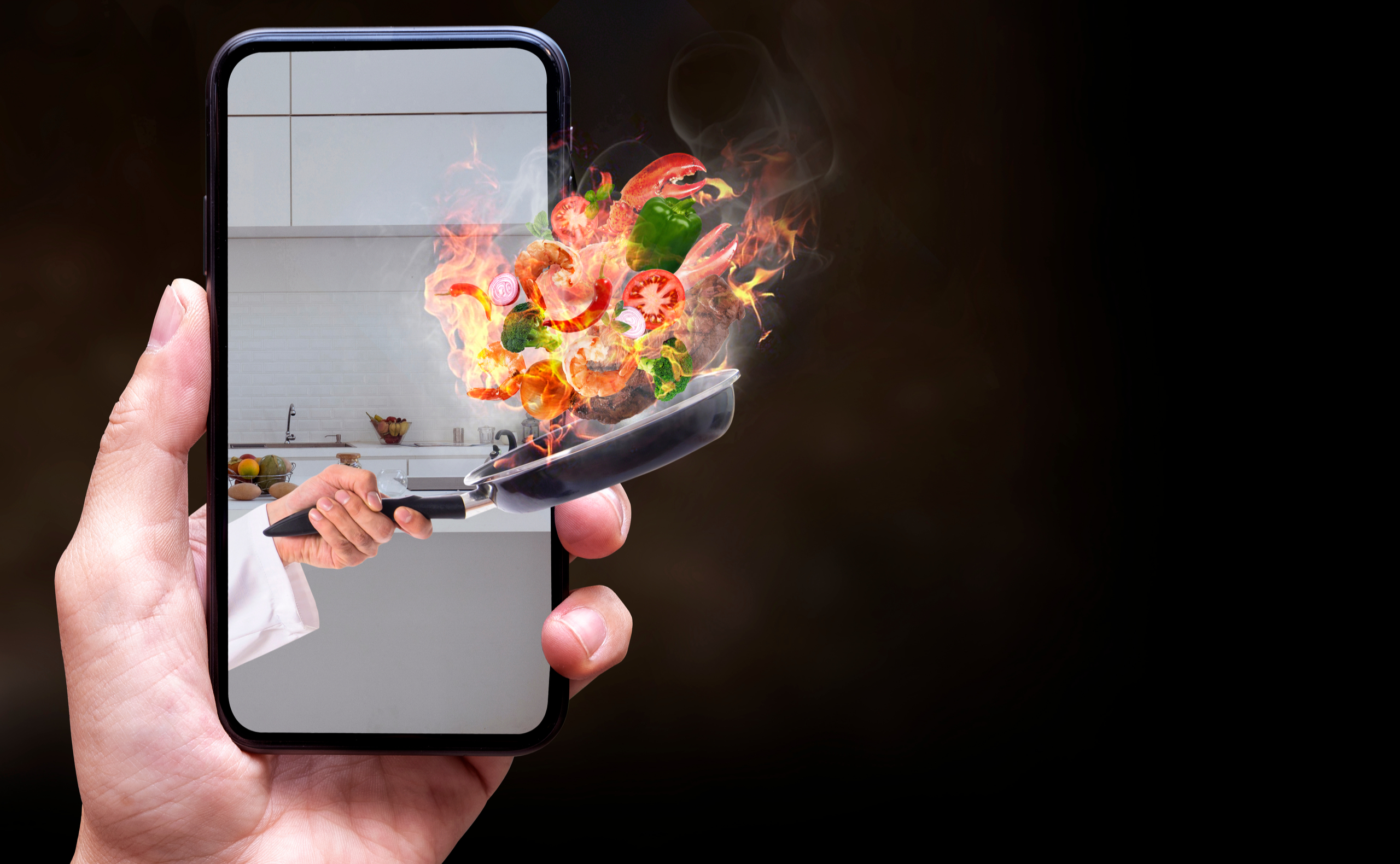
Desperation Breeds Innovation
Delivery got off to a quick start at the onset of the pandemic, saving some restaurants from going out of business. Desperation accelerated restaurant management technology, supporting online ordering and delivery before most restaurants were ready. Franchises build their own systems, but small venues need third-party help.
SimplyDelivery, for example, provides delivery drivers with access to pickup and dropoff addresses on their phones. The driver and merchant receive suggestions for routes tailored for deliveries within a specific time frame to maximize efficiency. Their service extends to gift shops, banking, laundry, cigarettes, flowers, and anything someone might want.
Shipday also offers a delivery dispatch management app. It provides restaurateurs with options for purchasing, meal prep, bakeries, and other services.
For delivery, Shipday provides a dashboard to monitor dispatch and progress and route planning for speed. It offers a network of local drivers (often with other ride and delivery services). Customers order directly through Shipday’s ordering system. It works through other online sources like GrubHub and ChowNow.
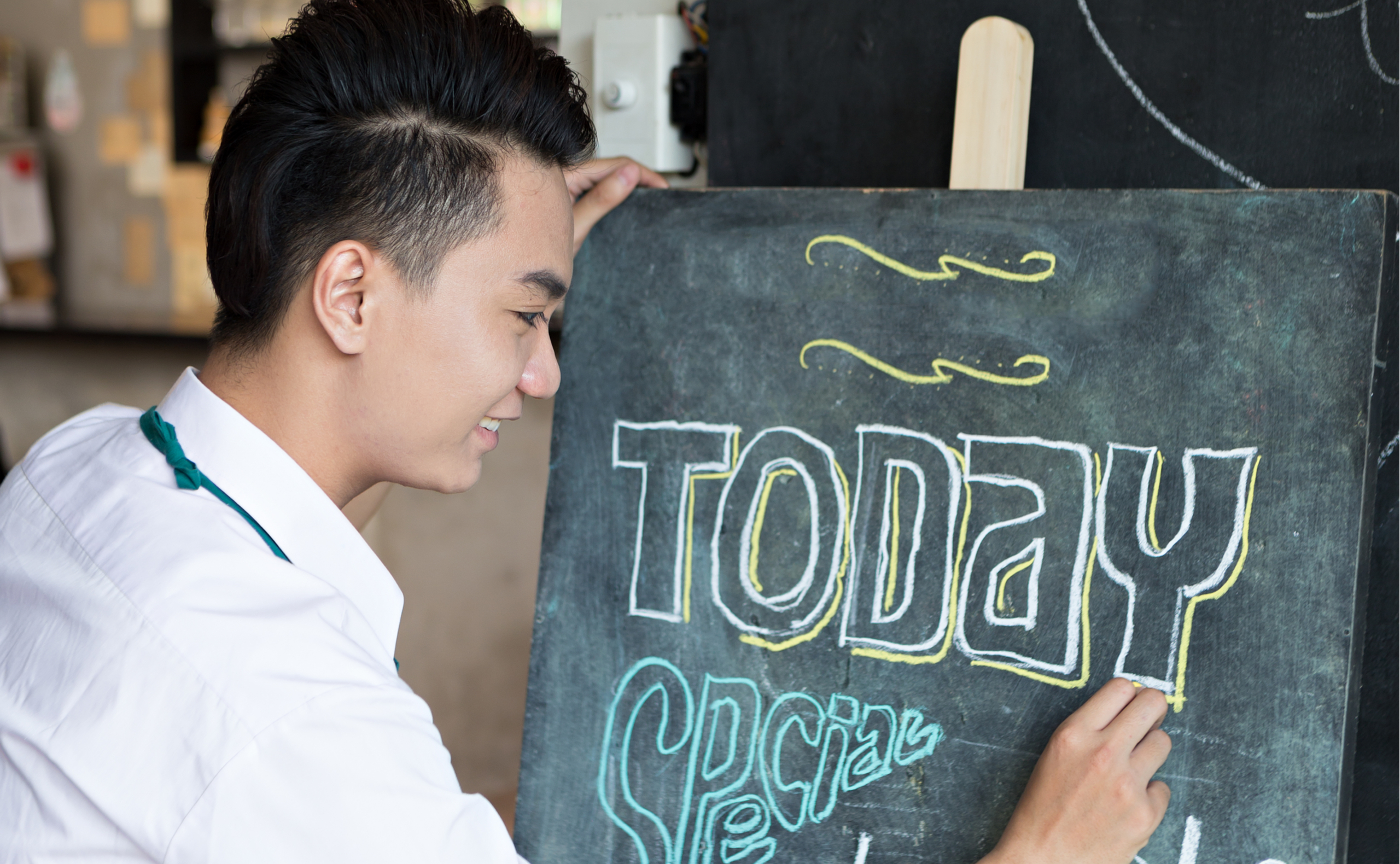
What Are Today’s Specials?
Specials, prices, and options change daily. Online menus and catalogs aren’t always updated as often as they are in the store, so merchants must compensate. As a result, many stores and restaurants stick with a simple online menu and leave specials to the physical store.
Those days are coming to an end.
Restaurant management software makes updating menus and prices easy. Upserve, for example, provides online ordering to improve restaurant operations. Additional features include tableside payments, reducing waste, and cutting food costs.
The Simphony system from Oracle is another robust management technology that gives business owners more options. They can schedule specials for the weekend, process and sequence online orders, personalize promotions, and streamline payments. They incorporate those services into analytics that instantly display trends. Service weaknesses, timing, inventory, and customer demographics are all taken into account.
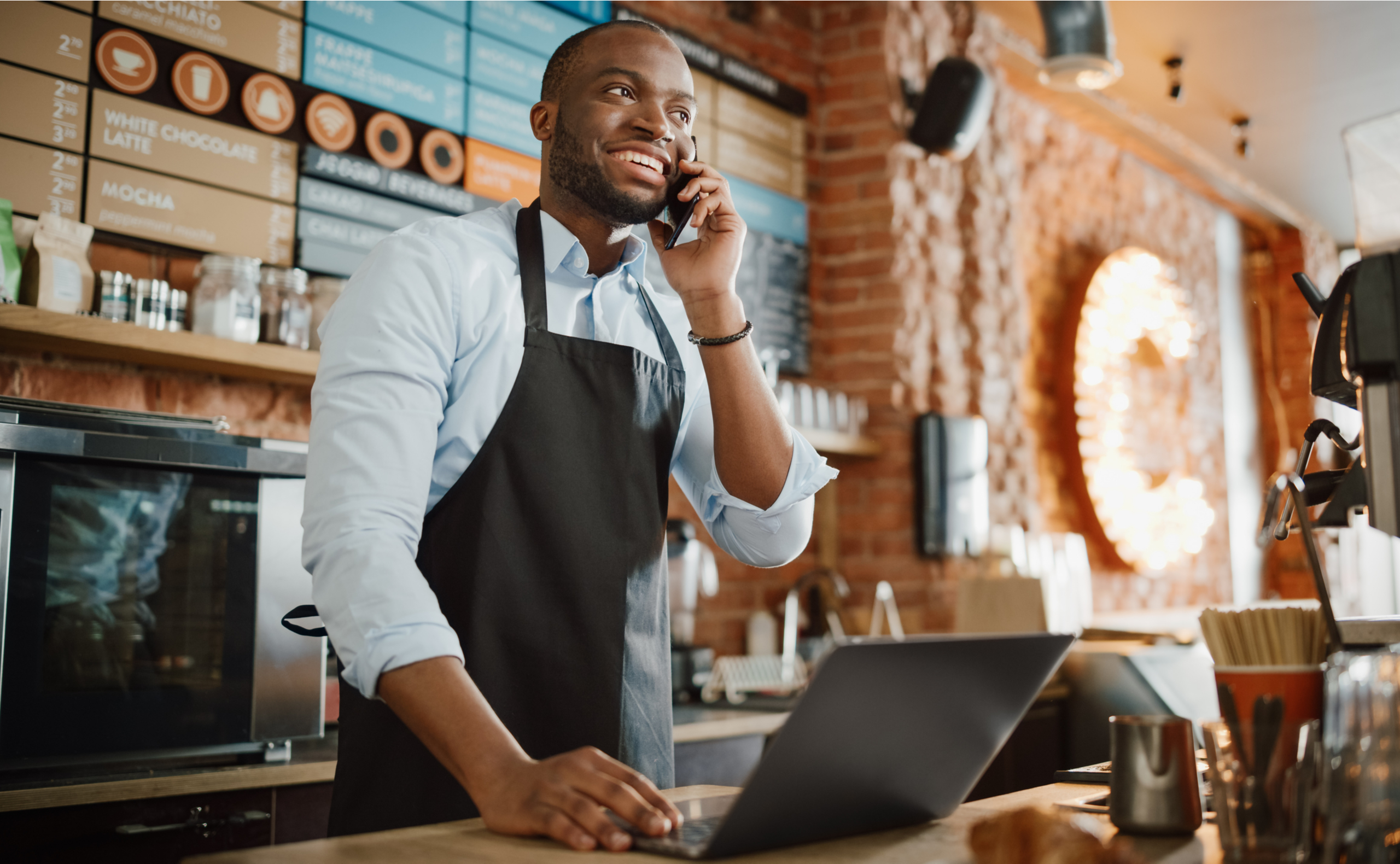
Tim Marino, Connecticut restaurateur
What Are They Going to Order Next Time?
Restaurant management software allows restaurants to utilize analytics to deliver orders based on timing and location. If that means using different delivery services at different times, many systems adjust seamlessly. Monthly rates range from $55 to $80 for small to medium-sized businesses.
Getting full-course dinners, groceries, holiday meals, and anything else delivered has become a thing. What was once a luxury has become the norm. Ordering elaborate meals is like ordering a movie.
Over time, merchants’ ability to collect data will answer questions once thought unsolvable. It will improve their ability to predict volume and selections.
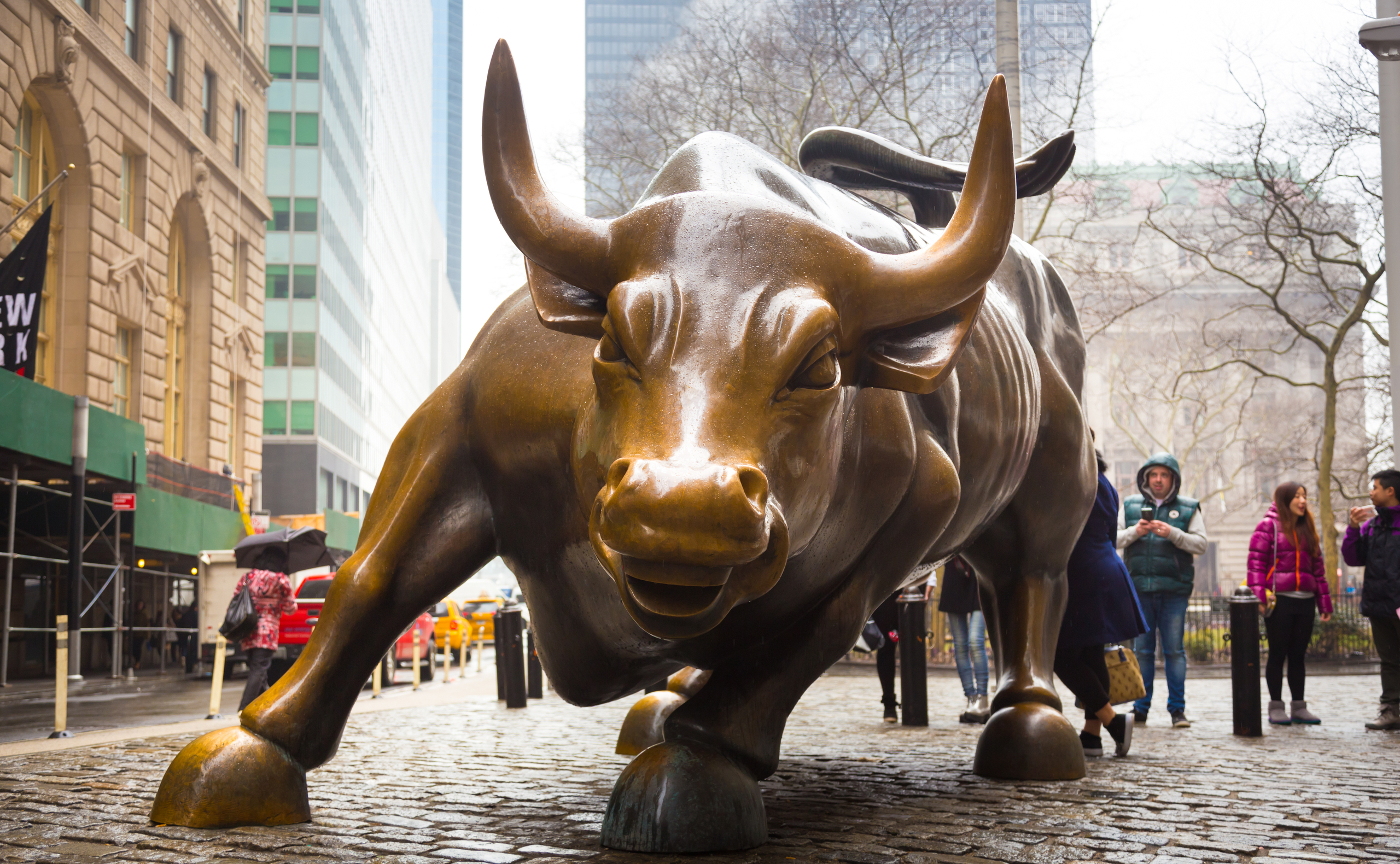
Driving to the Market
In the past 12 months, DoorDash and Deliveroo have gone public, sending up a flair that delivery services are here to stay. The most successful delivery services are DoorDash, GrubHub, Uber Eats, and Postmates (acquired by Uber last year for $2.65 billion).
Restaurants are still struggling to profit regardless of the delivery option. Delivery typically costs a restaurant 15-30 percent of the price. It is also a challenge delivering meals on time (usually within 30 minutes) and in a presentable state.
More technological changes are on the way, but getting food delivered is much simpler than it used to be.
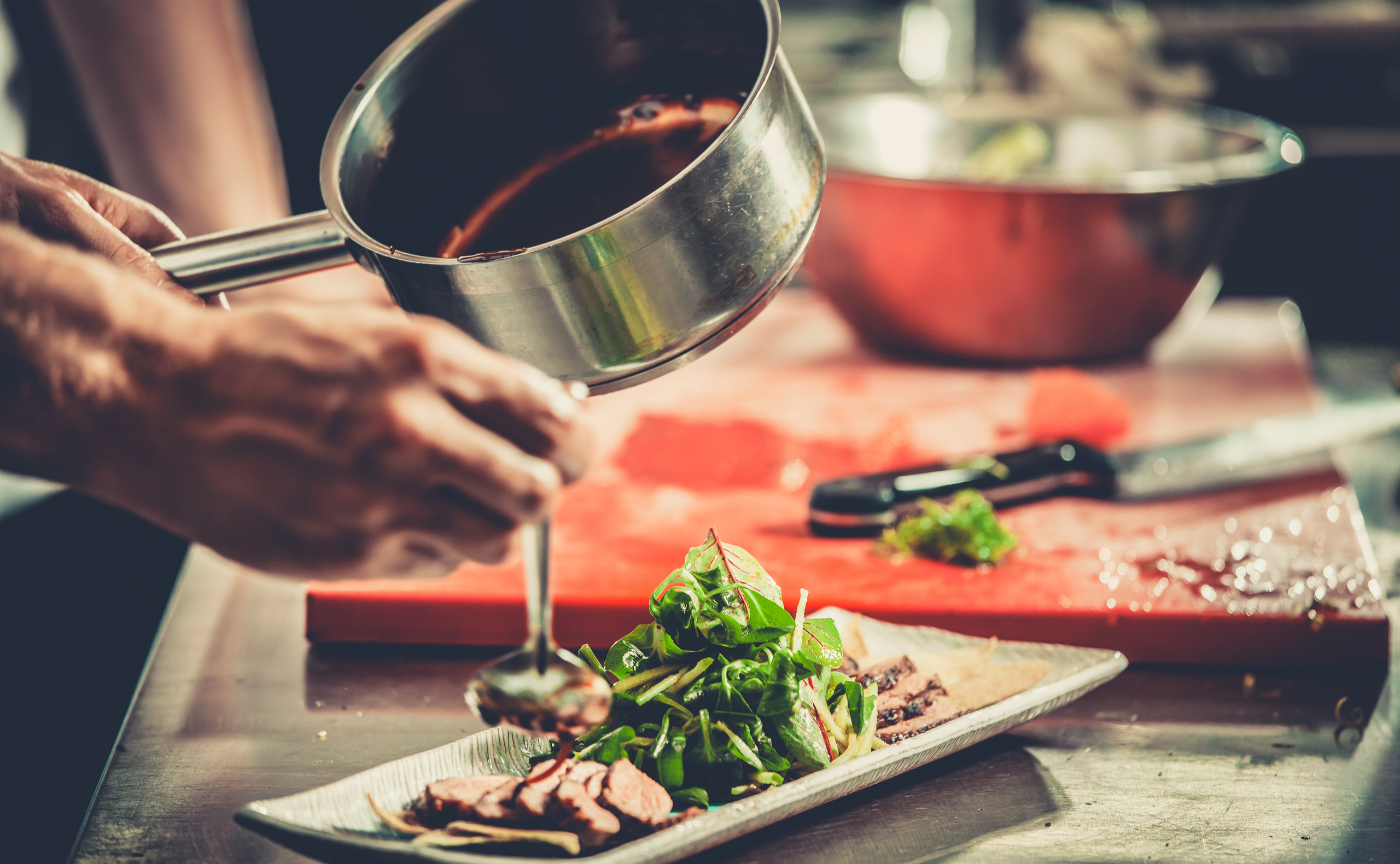
Restaurant management software with a Human Touch
For delivery services, self-serve kiosks and custom-made tablets may be on the horizon in larger cities. Personalized communication, however, is a part of the technological interaction that is lacking, according to some.
“The one thing we hear on the phone is ‘I just want to speak to a real person to get it right,’” says Tim Marino, a restaurateur in upstate Connecticut. He added that many of his customers are older and like to make special requests.
He is in the process of introducing management software. The restaurant will use it for online orders on a limited schedule then work it into the system.

What’s On the Menu for the Future?
Finally, time and experience will lead to the most significant improvements in food delivery. Covid has hastened the demand for food to go, but not all restaurants or stores are set up to handle speed or volume, regardless of the quality of their product. And there’s nothing wrong with that.
Restaurants and all online merchants must know their limits, adapt to changes, and if they want to use management technology, choose one that fits their abilities.
Technology is only as good as its user.

